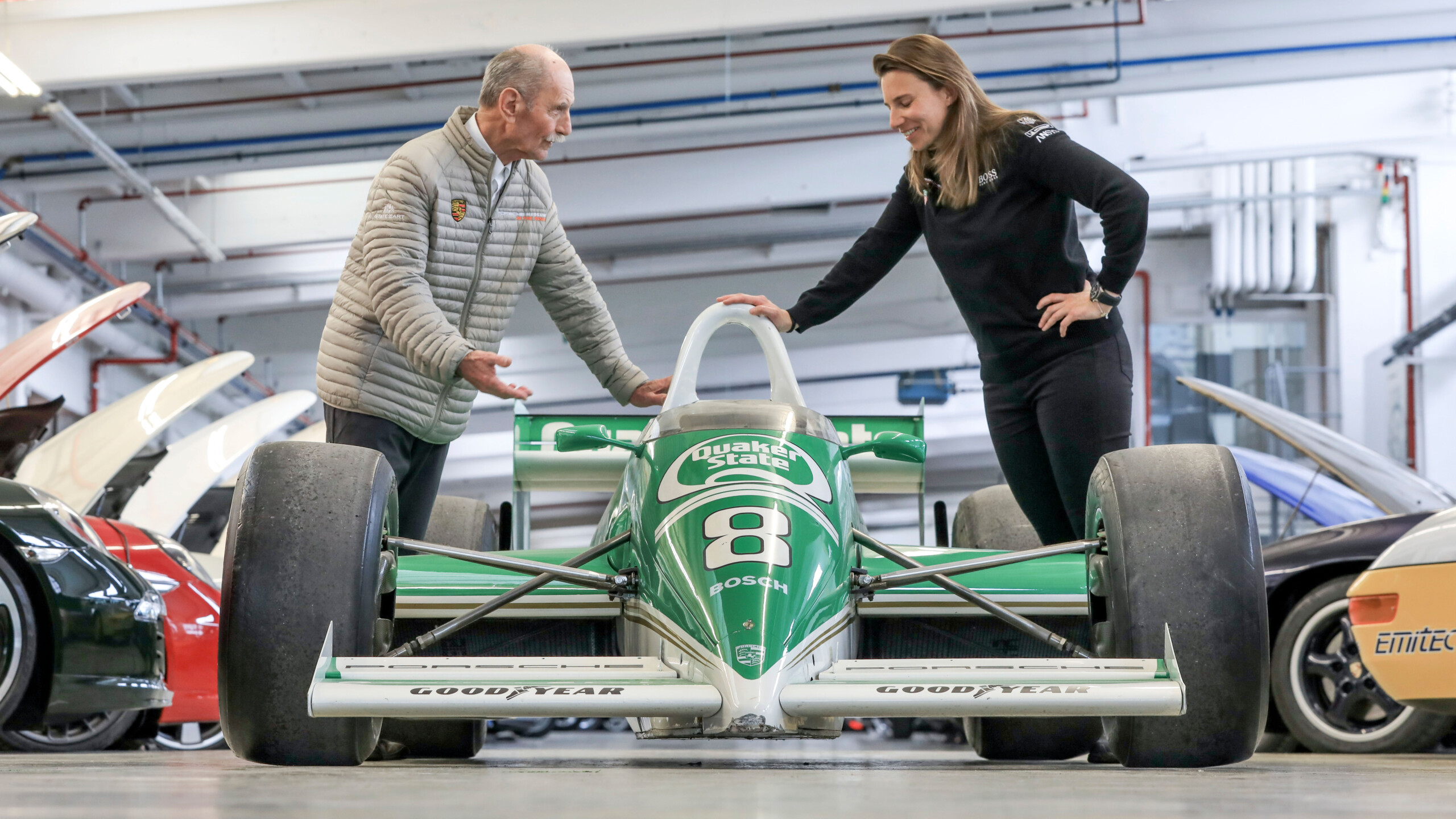It’s Groundhog Day at Red Bull Racing.
The second, less heralded driver to partner Max Verstappen in the Prinha Club’s most ruthless team has come in and struggled to adapt.
Reports of Liam Lawson facing demotion from Red Bull Racing after two races in 2025 have emerged after the Chinese Grand Prix, with Yuki Tsunoda tipped to replace the New Zealander from as early as the Japanese Grand Prix.
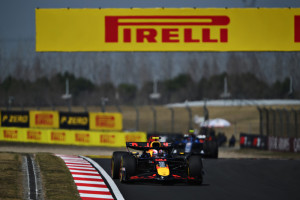
Lawson has struggled early in this season having twice qualified last at the Sprint Weekend Chinese Grand Prix, having qualified 18th in Australia last week before crashing out.
Lawson could only manage 15th on Sunday having climbed to 14th in the sprint race on Saturday.
Post-race in China, Lawson alluded to not having time to improve for this season and a lack of testing in preparation for the season, while a typically curt Helmut Marko, Red Bull’s Motorsport Advisor, said in reply: “He is right.”
“Yuki is a different Yuki from the years before. He is in the form of his life. Obviously he changed managed. He has a different approach. He’s more mature. It took a while, but now it looks like it’s working.”
Such a move would raise serious questions about Red Bull’s driver management, with Lawson having been promoted with less than half a season’s F1 experience to the top team after previous failures with Pierre Gasly and Alex Albon, while Sergio Perez was paid off two years early just months after being given a new contract to 2026.
For over half a decade no driver has been able to convince that they can cope with the pressure of that now infamous seat across the garage from Max Verstappen since Daniel Ricciardo, sensing which way the wind was blowing within Red Bull, departed for Renault in 2019.
Lawson’s career to date
Lawson had a solid junior career including winning the New Zealand-based Toyota Racing Series in 2020, before fifth at the first attempt in F3.
He moved up to F2 for the following season, doubling up with the DTM sportscar series with 2021 ending with ninth in F2 and second in DTM, before 3rd place in F2 the following season.
He moved to Super Formula for 2023 and was in contention to win the series when got his chance in Formula One as a stand in for the injured Ricciardo.
Lawson fared well compared to Tsunoda including points at Singapore, before another six race stint at the end of 2024 saw the New Zealander get the nod ahead of the Japanese driver to replace Perez.
How did we get here?
Red Bull first demoted one of their drivers to the support team in 2016 after Daniil Kvyat was demoted after twice hitting Sebastian Vettel’s Ferrari at the Russian Grand Prix.
Verstappen, who along with Carlos Sainz had caught the eye as a rookie in 2015, got the call and promptly won his first race in Spain.
Ricciardo was then replaced by Pierre Gasly, who’d shown well for Toro Rosso after replacing Kvyat in 2017 while Sainz was released to go to McLaren.
Gasly made a terrible start by crashing twice in 2019 pre-season testing and ultimately failed to recover his confidence, only once finishing ahead of Verstappen in fortuitous circumstances at the British Grand Prix.
He only twice got within four tenths of a second in qualifying before being lapped by Verstappen in Hungary leading the Frenchman to be dumped in favour of Alexander Albon.
Albon initially started well with a strong recovery drive at the Belgian Grand Prix to fifth, and was only out of the top six once for the remainder of the season when Lewis Hamilton spun him out of a podium position late on in Brazil.
Albon was again spun from a promising position by Hamilton in Austria, but eventually took his first podium at the Tuscan Grand Prix at Mugello and took another at Bahrain. The damage was done a week later as Sergio Perez won from the back of the field while Albon crashed out.
Perez seemed an obvious answer to Red Bull’s problems but in truth the four seasons spent in that hottest of hotseats by Perez was for the most part a marriage of convenience, brought about by no credible alternative to a burnt Albon within Red Bull’s junior ranks at the end of 2020.
While Perez initially failed to match Verstappen in outright speed, he was an able back up to Verstappen and his contribution at the season ending Abu Dhabi Grand Prix was crucial as he cost Lewis Hamilton over six seconds with a feisty defence of the lead, meaning Hamilton couldn’t pit during that Safety Car period.
Perez started 2022 well and earned a new contract ahead of winning the Monaco Grand Prix, with further success in Singapore. From there, performance dipped and he was fortunate to take second in the 2023 Championship despite Red Bull winning all but one race.
Despite a new contract early in the season, reports and rumours surrounded Perez for over two years before he was finally put out of his misery at the end of a winless 2024 as Red Bull paid the Mexican off.
Red Bull had previously recruited Dutchman Nyck De Vries for 2023 on a whim of one off points finish for Williams at the Italian Grand Prix of 2022, before he was sacked after 10 races and replaced by Ricciardo.
What about those demoted drivers?
Drivers who’ve been burned by the top team have had mixed results since their ill-fated moves.
Kvyat’s F1 career was a strange one, being dropped completely in 2017 before coming back to race in 2019 and 2020 as Red Bull ran out of drivers.
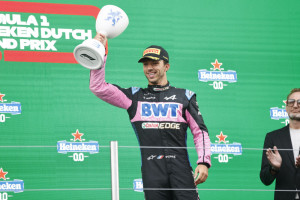
Gasly has gone on to shine as a team leader at the junior including a win at the 2020 Italian Grand Prix before moving to Alpine, where he has since seen off the challenge of Esteban Ocon.
Albon disappeared for a year as third driver, notably being used to reconstruct a crash between Lewis Hamilton and Verstappen at the 2021 British Grand Prix, before ably leading Williams in their rise from the back of the grid to 2025 midfield leaders since 2022 while Perez may yet resurface with Cadillac in 2026.
Albon has spoken in the past of being “underprepared” by Red Bull to the High Performance Podcast, while Gasly in particular was critical of the environment during his half season with the team.
In an interview with PlanetF1.com, he referenced a lack of support after a tough start.
“From the moment I made my first mistake in a car, I felt like people there slowly began to turn on me. I’d had a crash in winter testing and from that moment on the season never really got going.
“Then I had a tough first two races with Red Bull and the media just ate me up. Anything I said in the press was twisted into an excuse for my form, and nobody really stuck up for me.
“The car wasn’t perfect and I was doing my best to try to improve and learn each week. But here’s what I’ll say about it – it was a difficult time for me at Red Bull because I didn’t feel like I was really supported and treated the same way as others there have been. And for me, that’s something I just can’t accept.
“I was working my ass off every day, trying to get results for the team, but I was not being given all the tools I needed to succeed. I would try to offer solutions but my voice wasn’t heard, or it would take weeks to see changes.
The Red Bull signals and issues it needs to address
It is important to state that nothing has been decided and Red Bull have been satisfied with Lawson’s approach and refusal to make excuses, but history suggests there’s no smoke without fire.
After the 2019 Hungarian Grand Prix, Team Principal Christian Horner said that the intention “was to keep Pierre in the car” before replacing him the next race with Albon, while late into 2020 the team were giving Albon “every chance” before he was demoted to third driver.
The pressure could increase further with another junior in Arvid Lindblad mooted for a promotion as early as 2026 depending on his F2 progress this season.
It was accepted within F1 circles that Tsunoda would have to leave Racing Bulls with no obvious team to go to at the end of this season, but were he to move to Red Bull and get closer to Verstappen, Lawson would have no time to readjust against an Isack Hadjar who, formation lap crash in Melbourne aside, has shown speed this season.

While it is true that Red Bull have a car that has been built around Verstappen’s unique driving style, that is something all drivers heading to a new team have to adapt to.
The issue is that Red Bull have often been slow take on feedback from the second driver, with Perez’s performances improving slightly after upgrades on the car in the autumn of last year known to have been as a result of finally listening to the struggling Mexican’s feedback from the summer of 2023.
Irrespective of when, or if, Lawson does move back to the junior team, seven seasons of struggle in Red Bull’s other car points not only to an issue with recruitment, but with the management of a driver programme that has produced Ricciardo, Verstappen and Sebastian Vettel to name three drivers.
That young driver academy has been reduced to a topic of debate and ridicule, producing drivers who in recent years have come through the ranks only to end up as cannon fodder to a Max Verstappen juggernaut.
Often drivers either been thrown in too early, lacked support during early struggles and have ended up destroyed by comparisons to Verstappen instead of nurtured and moulded to fit within the team.
Recruitment has often been hap-hazard at best, with De Vries getting ten races before his sacking after a signing based purely on a one-off appearance where circumstances favoured him while Tsunoda, into his fifth season of Formula One, has not had a Red Bull look in before now and should he complete a mid-season switch to will go in with little Red Bull testing and next to no preparation from the main F1 team.
Groundhog Day may come around again.
Images from Pirelli F1 Media
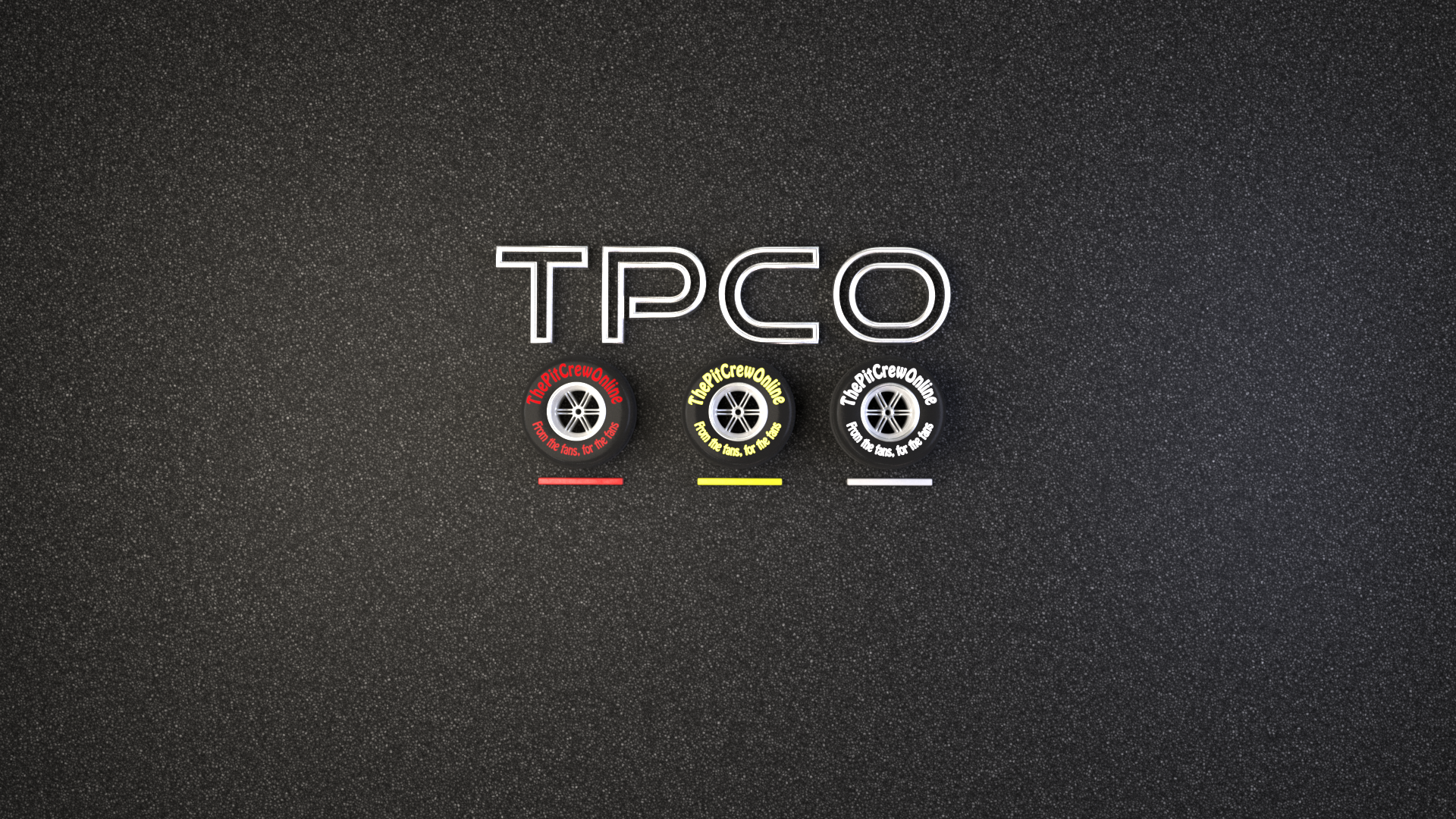
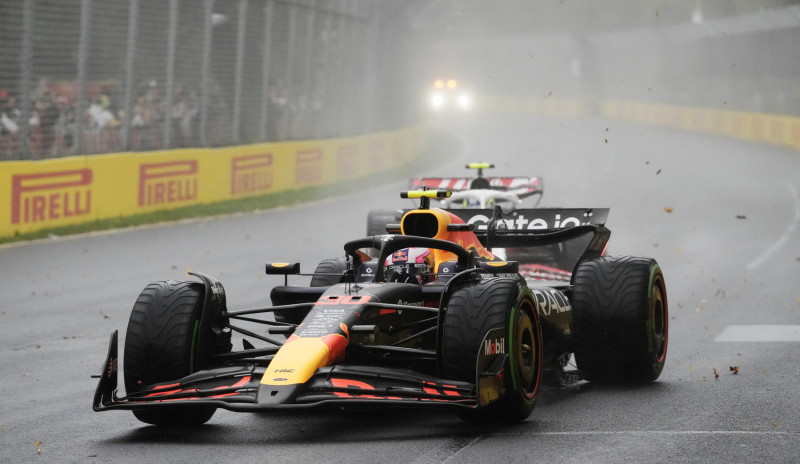
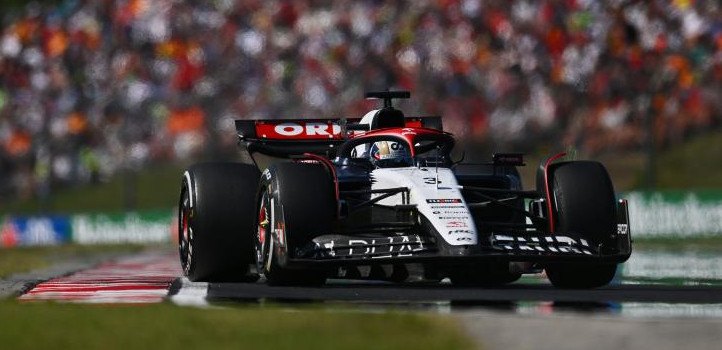

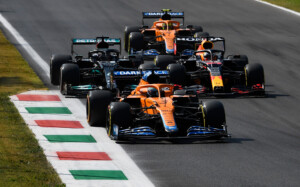



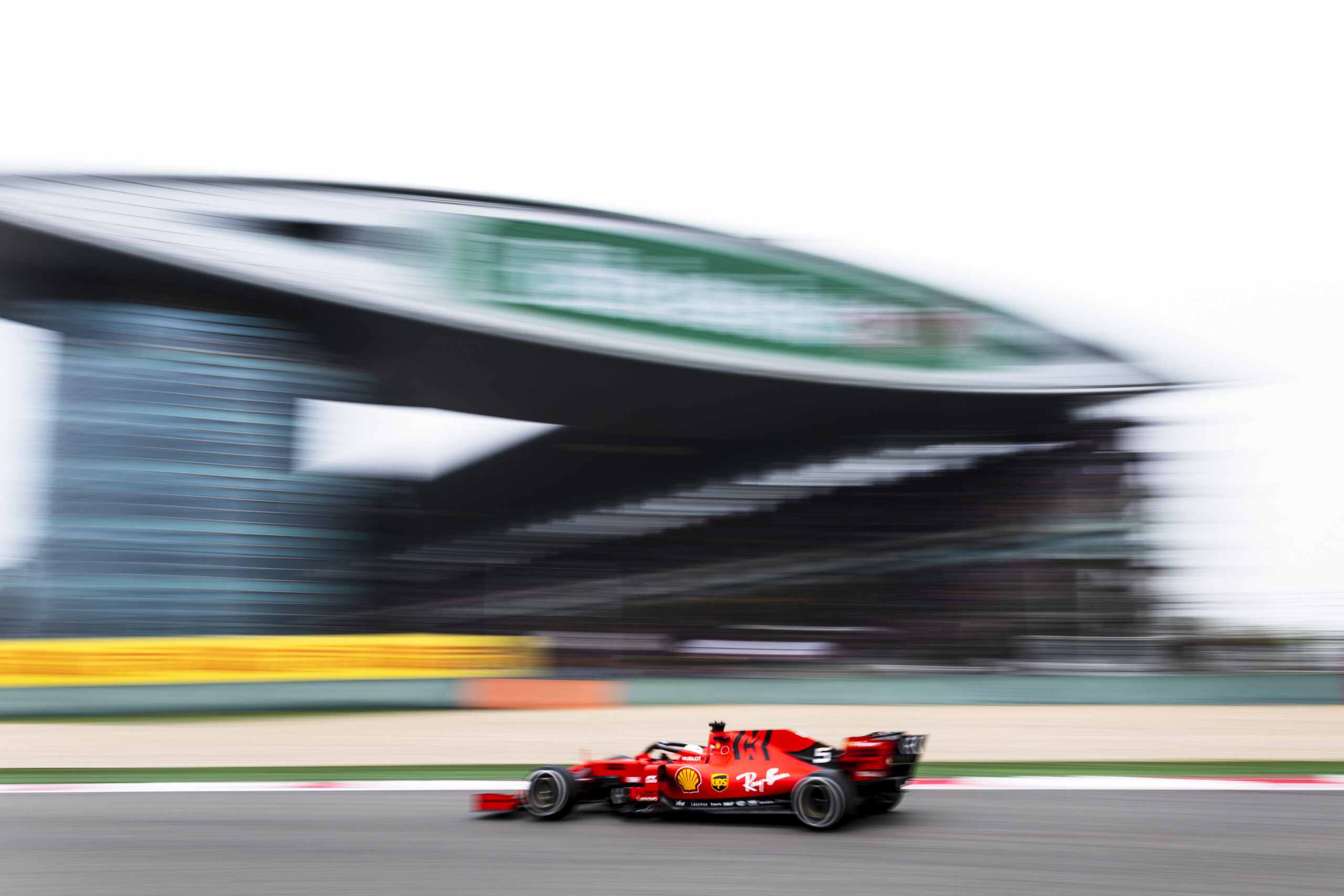
 image courtesy of Scuderia Ferrari
image courtesy of Scuderia Ferrari 

